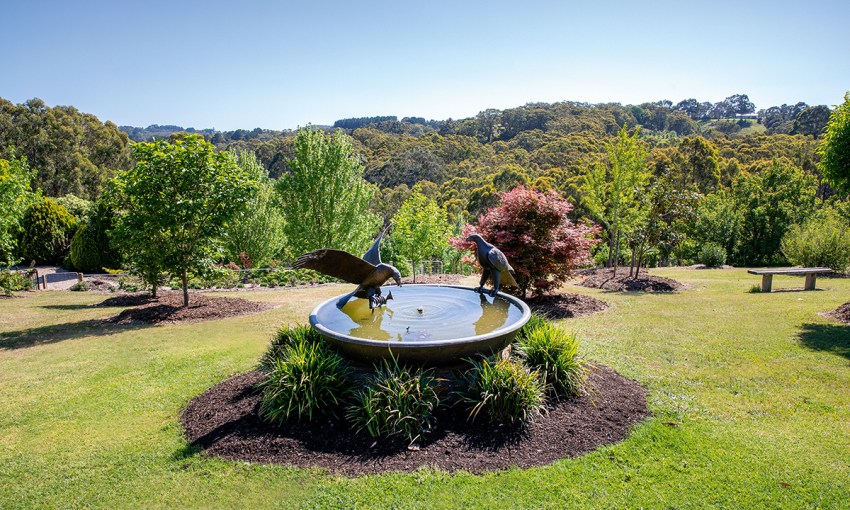Mass plantings, collector’s items and a serious green thumb have transformed Wayne Steinwedel's Mount George property into a mini botanic garden.
A gardener’s paradise in the Adelaide Hills
One of the most prestigious places to spend your summer in 1920s South Australia was in the houses along Sturt Valley Road at Mount Lofty. The grand holiday homes were surrounded by perhaps even grander gardens, at as much as 20 or 30 acres each.
Gardeners toiled at the fertile soil to create lavish oases for the upper echelon of Adelaide’s society.
One of these green thumbs was Sydney Bowen, who had previously gardened for the famed Wedgwood family in England.
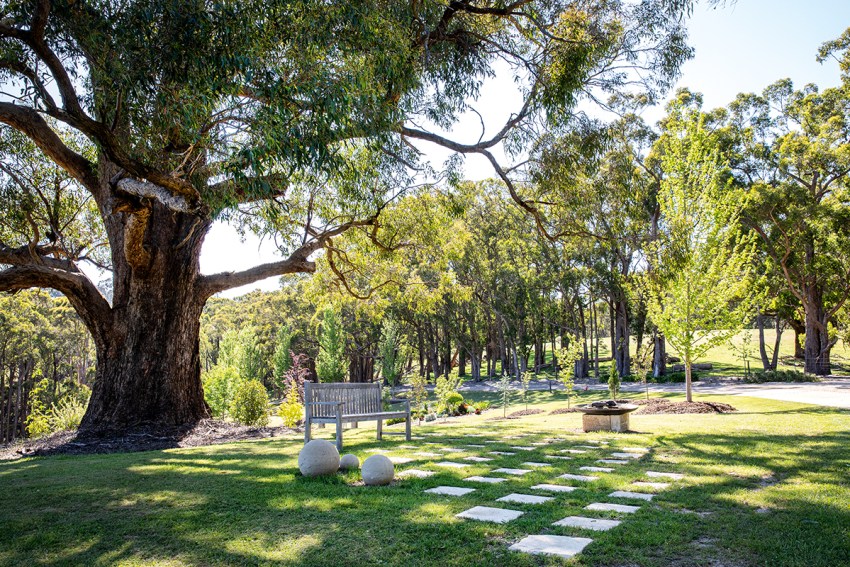
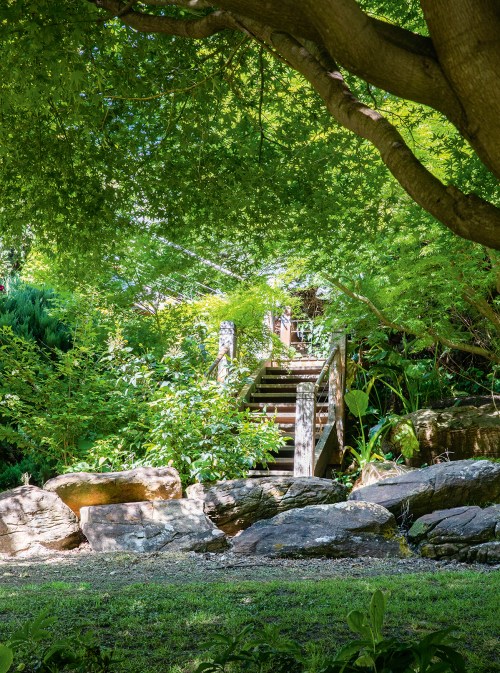
He started a legacy, passing on his passion for working with soil along the line, where it now sits firmly with his grandson, Wayne Steinwedel.
“They were the summer houses of the rich and famous – Adelaide’s notable members of society,” Wayne says. “You were either there, or the summit. Those who didn’t have a driver to go up the summit would build there.”
Wayne likes to think of his grandfather toiling away in the garden, and his great-grandmother – a woman of French descent who worked in the kitchens of the grand homes, much like those in Downton Abbey.
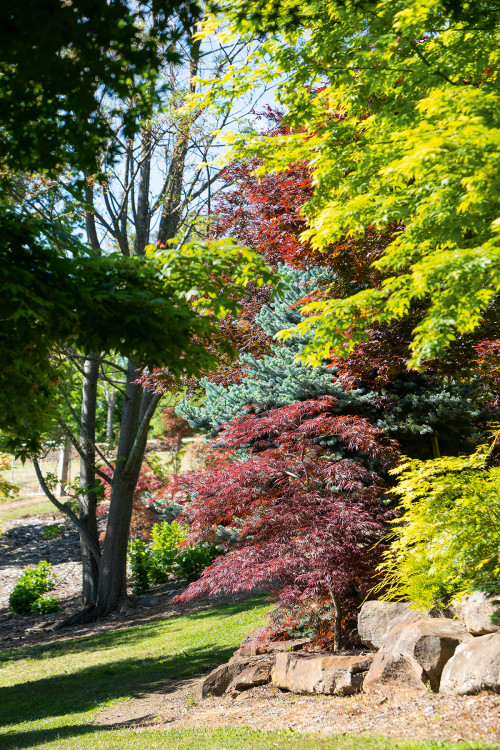
Sydney became head gardener for the City of Adelaide and was involved in the planting along the Torrens from the zoo into town and who also worked on Veale Gardens.
Fast forward to Wayne’s early teenage years and the family trait was emerging in Wayne. As a 14-year-old, Wayne started growing and selling cyclamen, which helped him buy his first car, brand new. He eventually opened The Garden Depot at Mount Barker and turned his hobby into his career, but his passion for home gardening never subsided – even if he does take it to a more extravagant level than most people.
Wayne and wife Sue moved into Wandilla Park at the very edge of Mount George Conservation Park in 2000. When they visited the open inspection, Wayne recalls there were lots of shiny BMWs and towering high heels. Not exactly the most comfortable attire to view six hectares of dry, dusty land, inhabited only by weeds.
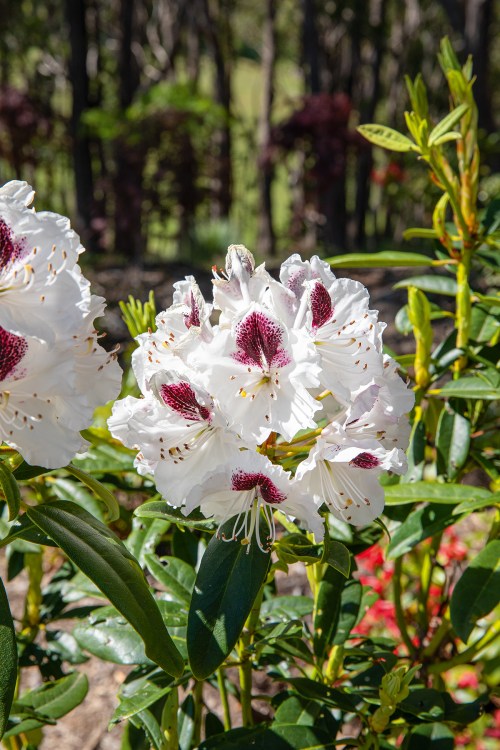
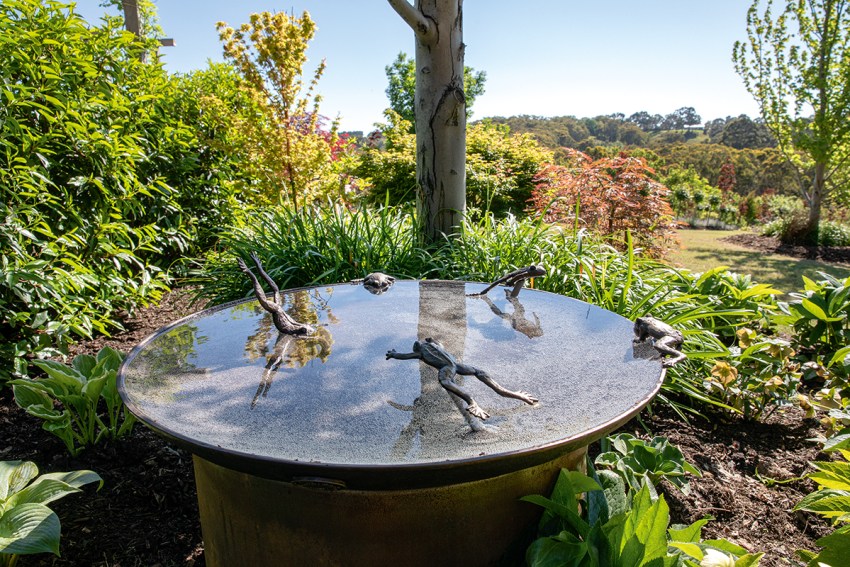
“To be perfectly honest, it was an absolute pigsty.”
Nevertheless, Wayne and Sue made an offer that night, seeing the potential in the land.
“The owners had three offers and asked us to write a paragraph about our intentions. They took our offer, which was lower than the other offers, but they liked what we were planning to do.”
There is no doubt the original owners would be delighted with the way Wayne has transformed the property and pushed it to its greatest potential.
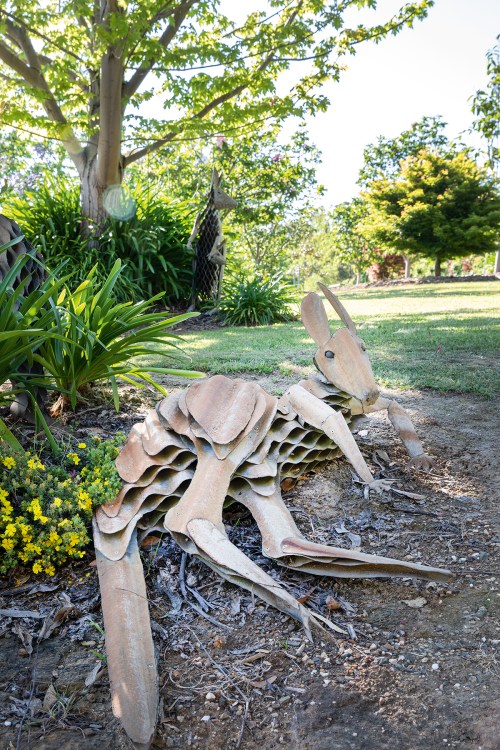
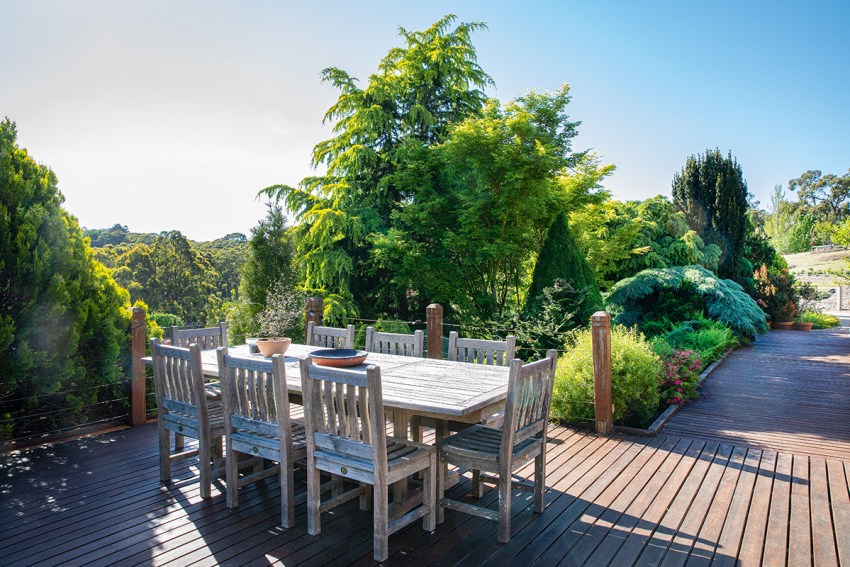
When they bought the land, Wayne had already amassed quite the collection of conifers. He uprooted a selection from his previous home at Bridgewater, however one Albertiana conica pre-dates even those and has been in his family for more than 50 years.
These days it would be extremely difficult to replicate Wayne’s garden, because many of the plants are now nearly impossible to find.
“Some of it has been hard to get hold of, but I was lucky that I was so interested early on because I bought them when procuring them wasn’t so hard.”
Conifers dominate, but the Japanese maples and magnolias are equally as impressive, and Wayne is currently developing a rhododendron collection.
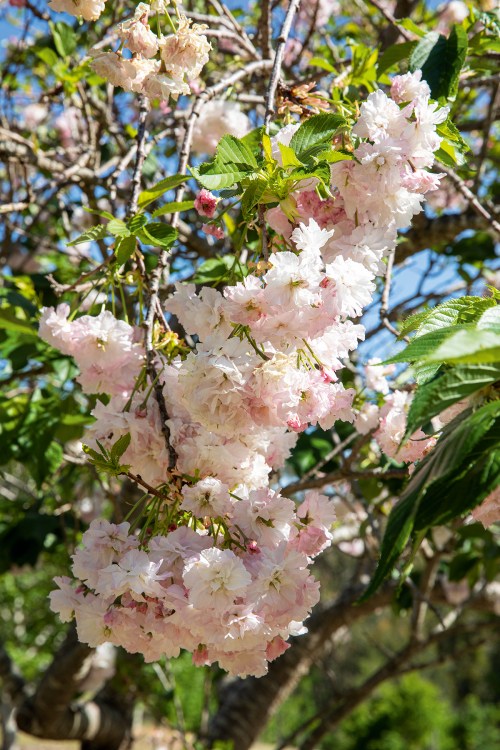
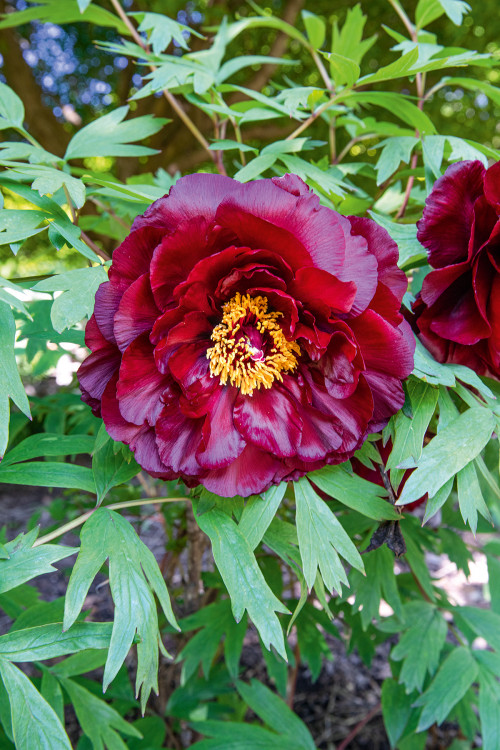
While Wayne is the first to admit it’s not a Paul Bangay-style structured garden, it’s just as striking. The only landscaping was a rockery installed when they first moved in.
Large collections of some of Wayne’s favourite items have been mass-planted for full effect to achieve something that could be described as a mini botanic garden.
The trees were the first things to go in and, now they’re nicely established, they provide the perfect shade for plantings closer to the ground. In one spot, there are around 600 hellebores, with 50 different varieties represented. “It’s all to do with scale. You can have them in single plantings in a collector’s bed, but to get any oomph out of these things, you’ve got to put them in mass plantings.”
As impressive as the garden is, and as able as Wayne is to maintain it, there really isn’t a whole lot that needs to be done day-to-day – a perk of the clever design and stunning location. Each plant was carefully tended to in its infancy through irrigation but, beyond that, the Mount Lofty rainfall does wonders.
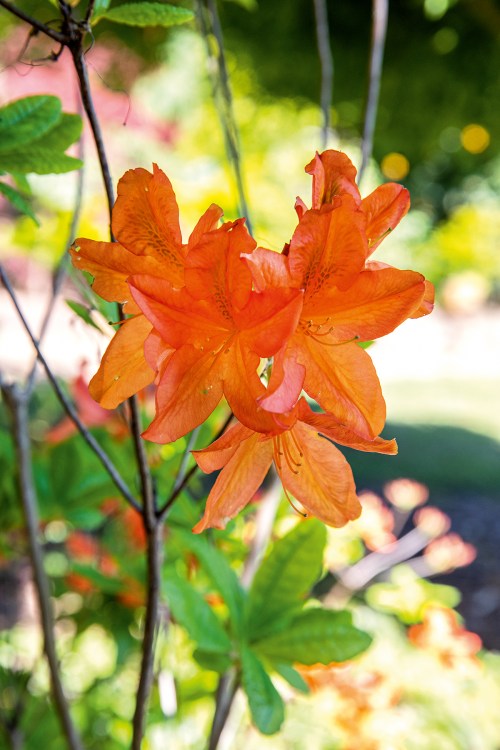
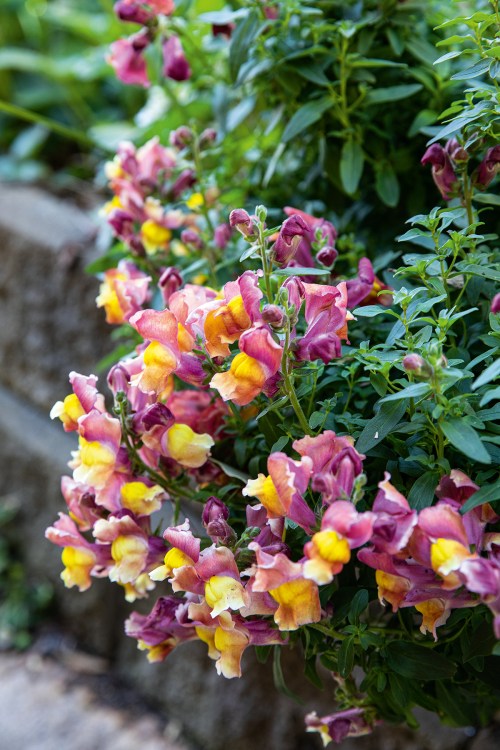
A wander through the property is a trip around the world, across all climates. There are the plants typical of a Mount Lofty garden, right through to sub-tropical and truly tropical plants. You’ll even find pineapple and papaya in the heated greenhouse, which sits at an impressive 20×7 metres.
Under a grouping of eucalypts sits a section of rhododendrons, from traditional to sub-tropical and another great find was an Argentinian ombu tree.
There are around 80 Japanese maples and a Japanese umbrella pine, which Wayne has had since he was young. More than 40 different varieties of magnolias survive on rainfall alone.

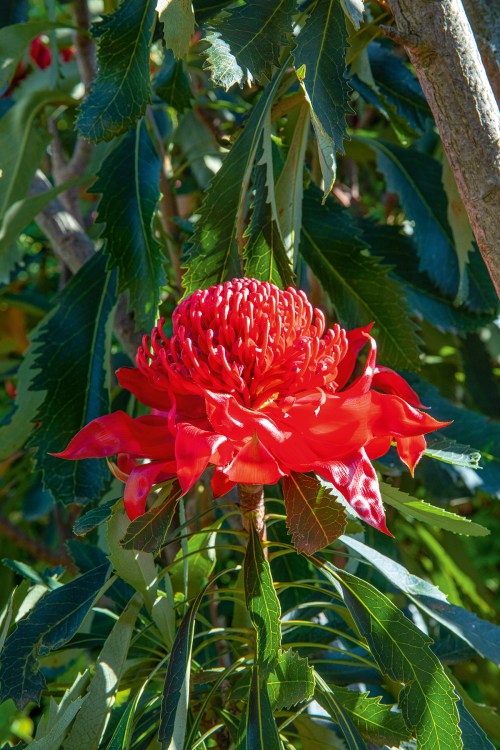
Out on the hill, Wayne is establishing a truffiere, with 80 oaks growing French black Perigord truffles. Another area is dedicated to peonies and, when they’re in bloom, the Chinese variety is resplendent.
After eight years of intermittent weeding, Wayne is proud to say the property is Salvation Jane-free and the natural scrub now contains native grasses and native orchids. “They’ve reappeared now they’re not being smothered by broom and blackberry.”
The garden is one for all seasons. Fiery orange tones dominate in autumn, it’s awash with every conceivable colour in spring and the greenery holds up well in the summer heat. In winter, when the blooms have gone away, the striking forms of the trees and variations of blues, greys and greens ensure there’s always something to look at.

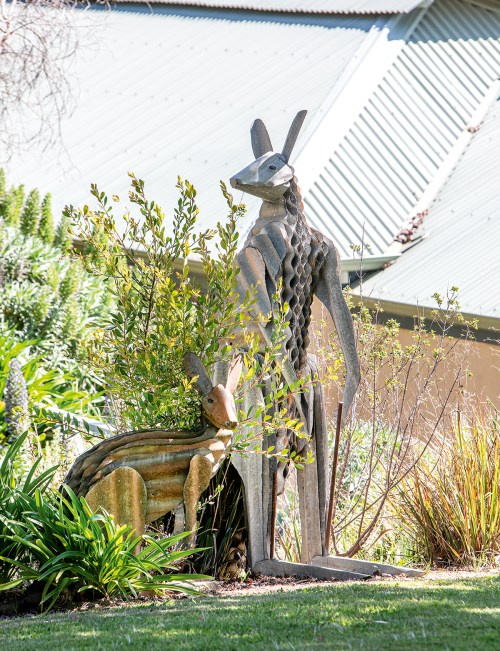
It comes as no surprise that Wayne has passed on the gardening gene to yet another generation – his daughter Katie is a landscape architect. For Katie’s wedding at the property, the garden received a major re-vamp. Wayne created an arbour, covered with white Japanese wisteria for the nuptials and levelled an area for a marquee.
After the wedding, the levelled area provided the perfect spot for a new greenhouse.
Standing anywhere within the property, you have to look pretty closely to spot any neighbouring homes, with just the landscape of the Mount George Conservation Park to keep you company. “There’s really nobody between us and Bridgewater,” Wayne says.
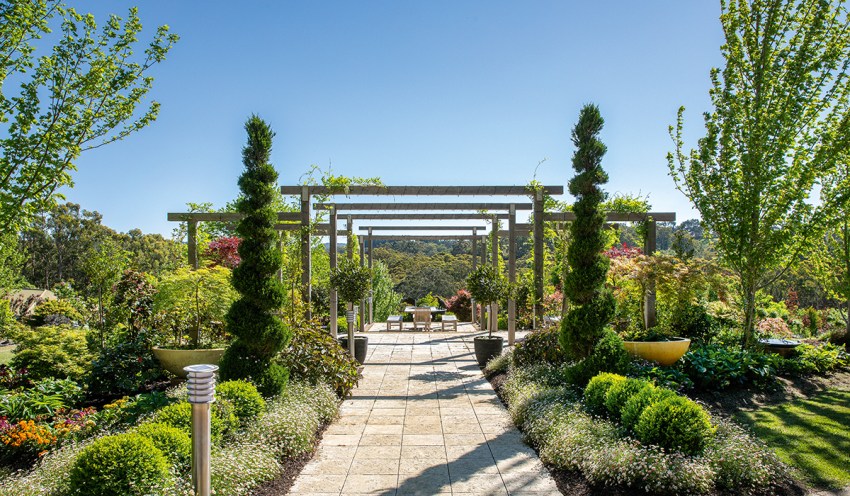
This story first appeared in the Spring 2020 issue of SALIFE Gardens & Outdoor Living magazine.



